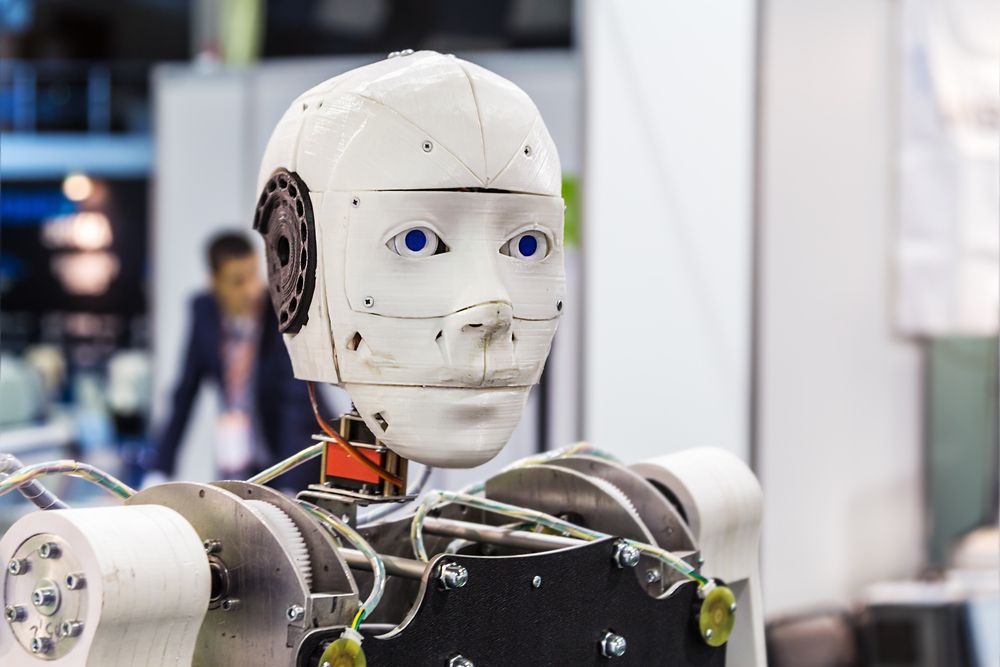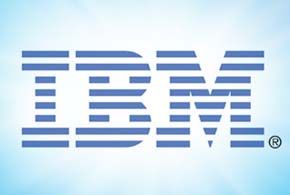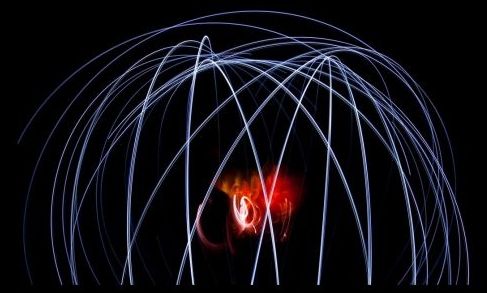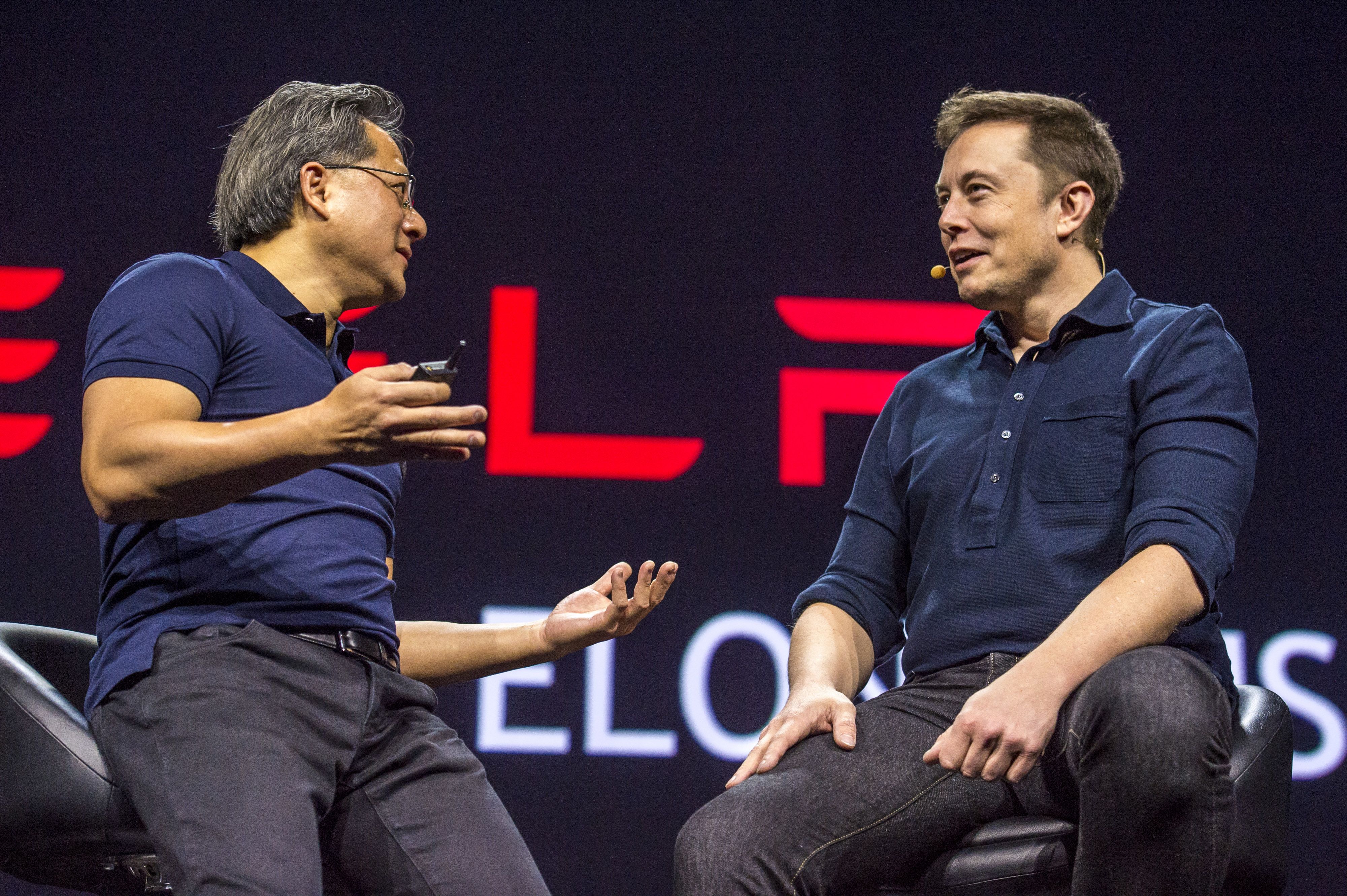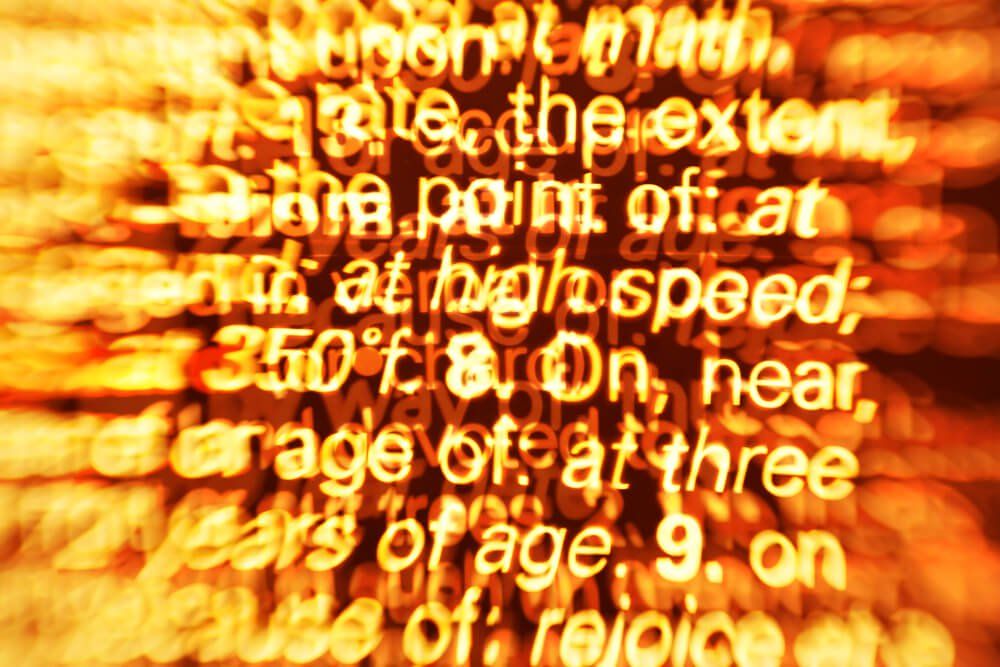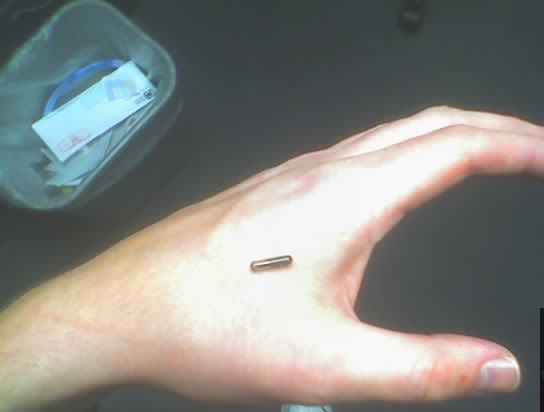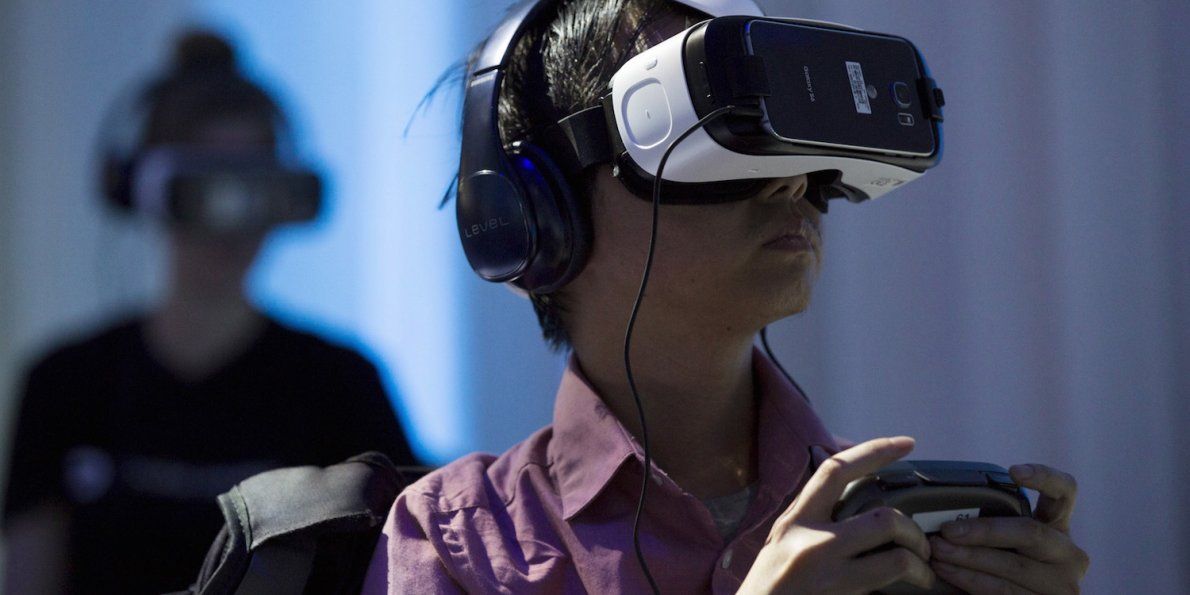Guessing my earlier posting about imagining you’re in a scenario that you must decide to either to have a chip implant v. waiting on a nanobot is not that far fetched. Nonetheless, there are truly careers that will not be replaced by robot such as artist’s works, designers, etc. And, new careers and companies will be created throughout the AI and Quantum evolution. https://lnkd.in/b5i5C-X
Think you are too smart to be replaced by a robot in your job? Think again.
